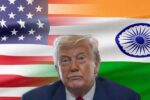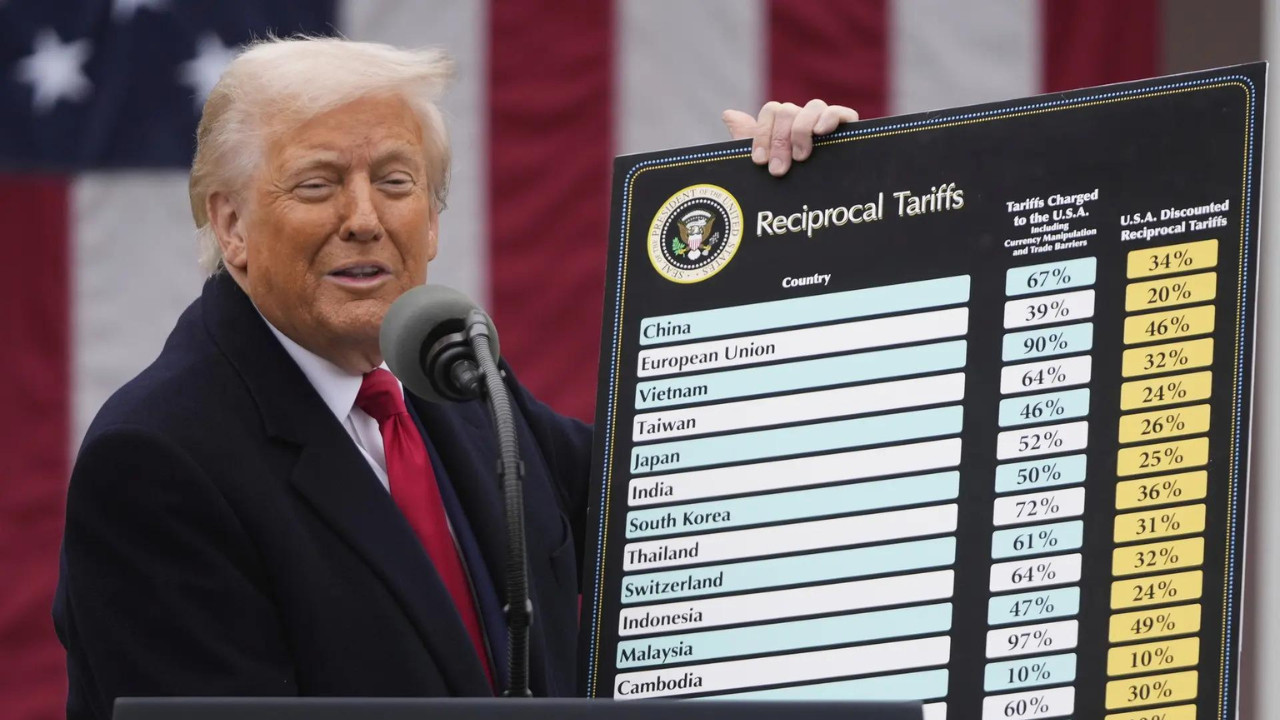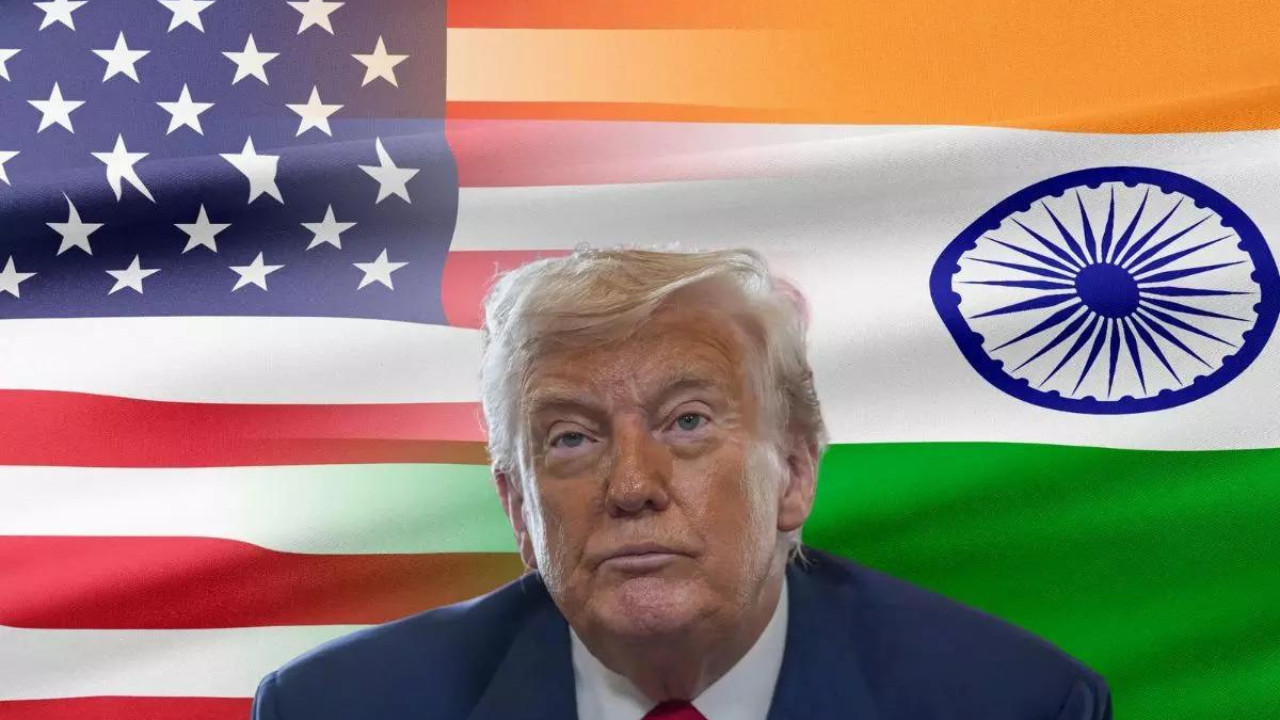India-US trade deal: India and the US are in trade deal negotiations, with India seemingly open to importing some genetically modified agriculture products for animal feed, but not GM corn and soybeans.
Shifting Tides: Could a US-India Trade “Mini-Deal” Be on the Horizon?
The air crackles with anticipation. The clock is ticking towards a self-imposed deadline, and whispers of a potential trade agreement between the United States and India are growing louder. But this isn’t about grand gestures or sweeping changes; instead, the focus seems to be on a more modest, targeted approach – a “mini-deal” designed to address some key sticking points and pave the way for more comprehensive cooperation down the line.
For years, a full-fledged trade deal between these two economic powerhouses has remained elusive. Disagreements over tariffs, market access, and intellectual property rights have consistently presented roadblocks. However, the current climate, fueled by a desire for diversified supply chains and strengthened strategic partnerships, appears to be fostering a new willingness to compromise.
One of the most interesting developments is India’s apparent openness to importing genetically modified (GM) agricultural products, specifically those used in animal feed. This represents a significant shift, as India has traditionally been cautious about GM crops. The potential impact on the agricultural sector and the animal feed industry could be substantial, offering opportunities for both American exporters and Indian livestock farmers. Imagine a scenario where readily available, high-quality feed ingredients contribute to increased milk production and healthier livestock – a win-win for everyone involved.

What’s Driving This Change in India’s Stance on GM Feed?
Several factors likely contribute to this potential shift in policy. First, the demand for animal feed is steadily rising in India as its dairy and meat industries grow. Meeting this demand efficiently and affordably is crucial for supporting rural livelihoods and ensuring food security. Second, India’s own research and development efforts in biotechnology are maturing, leading to a greater understanding of the potential benefits and risks associated with GM crops. Finally, a desire to strengthen ties with the United States and resolve long-standing trade disputes is undoubtedly playing a role.
Of course, this potential agreement on GM feed is just one piece of the puzzle. The “mini-deal” is also expected to encompass other areas of mutual interest, such as tariffs on specific goods and greater market access for American products in India. While the details remain under wraps, the underlying message is clear: both countries are eager to find common ground and unlock the vast potential of their trade relationship.
The Benefits of a US-India Trade Agreement: More Than Just Economics
It’s easy to get bogged down in the specifics of tariffs and trade barriers, but it’s important to remember the bigger picture. A stronger trade relationship between the US and India has far-reaching implications that extend beyond economics. It strengthens the strategic partnership between the two countries, fostering cooperation on a wide range of issues, from defense and security to climate change and technology.
Furthermore, increased trade and investment can create jobs, stimulate innovation, and drive economic growth in both countries. Indian consumers could benefit from access to a wider range of products and services, while American companies could gain access to one of the world’s fastest-growing markets. The potential is truly enormous.
Navigating the Challenges Ahead for Trade
Even with the renewed optimism, challenges remain. Negotiating a trade agreement is a complex process, and it’s likely that some disagreements will persist. Concerns about data localization, intellectual property protection, and market access will need to be addressed in a way that is mutually beneficial.
The key to success lies in open communication, a willingness to compromise, and a long-term vision for the relationship. Both countries need to recognize that a strong trade partnership is not just about short-term gains, but about building a foundation for future prosperity and cooperation. Perhaps a roadmap outlining progressive steps and linking the mini-deal to a larger, more comprehensive agreement can move the needle.
This process can be assisted through programs already on offer, such as the Trade Winds Indo-Pacific Forum and Mission happening this fall. Consider attending to build a relationship with the U.S. Commercial Service.
Conclusion: A New Chapter in US-India Trade Relations?
The possibility of a US-India trade “mini-deal,” particularly with India’s openness to importing GM agricultural products for animal feed, signals a potentially significant shift in the relationship between these two global powers. While obstacles remain, the potential benefits of a stronger trade partnership are undeniable. Whether this “mini-deal” blossoms into a full-fledged agreement remains to be seen, but the current momentum suggests that a new chapter in US-India trade relations may be on the horizon.







